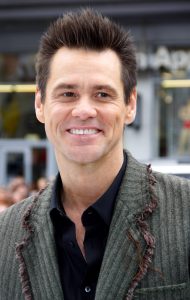 On September 19, news broke that Jim Carrey is being sued in California for wrongful death by his girlfriend’s estranged husband. Carrey’s girlfriend, Cathriona White, committed suicide in September 2015 by overdosing on several different types of prescription medications. She had married Mark Burton in Las Vegas in 2013 but had dated Carrey for a couple of years afterward without divorcing Burton. Burton is thus her next-of-kin and has made multiple salacious allegations against Carrey in his lawsuit. While a media storm may have ignited, there are multiple reasons why Burton’s case will be very difficult to prove.
On September 19, news broke that Jim Carrey is being sued in California for wrongful death by his girlfriend’s estranged husband. Carrey’s girlfriend, Cathriona White, committed suicide in September 2015 by overdosing on several different types of prescription medications. She had married Mark Burton in Las Vegas in 2013 but had dated Carrey for a couple of years afterward without divorcing Burton. Burton is thus her next-of-kin and has made multiple salacious allegations against Carrey in his lawsuit. While a media storm may have ignited, there are multiple reasons why Burton’s case will be very difficult to prove.
Legal standard for bringing a wrongful death claim in California
A wrongful death claim may be made when a person’s death directly resulted from the wrongful actions or negligence of another person. The wrongful death claim may be an intentional tort, which could be filed in the case of murder, or a negligence tort, which could follow a fatal collision.




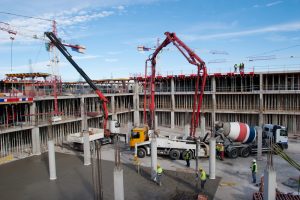 A recent construction site accident wrongful death Los Angeles County case and jury verdict illustrate several important topics, including cases in which several parties share liability in causing workplace accidents, workers’ compensation and the liability of third parties in workplace accidents. The case (Rosa Gonzalez, et.al. v. Atlas Construction Supply – L.A. Superior Court Case No. BC 507755) involved a man who was killed while working on a construction site in 2011.
A recent construction site accident wrongful death Los Angeles County case and jury verdict illustrate several important topics, including cases in which several parties share liability in causing workplace accidents, workers’ compensation and the liability of third parties in workplace accidents. The case (Rosa Gonzalez, et.al. v. Atlas Construction Supply – L.A. Superior Court Case No. BC 507755) involved a man who was killed while working on a construction site in 2011. On June 19, 2016 actor Anton Yelchin was killed in a rollaway car accident in the driveway of his Studio City, California home. Mr. Yelchin, most famous for playing Chekov in the new Star Trek movies, had parked his Jeep Cherokee in his driveway, exited the vehicle and walked down the driveway to check for mail in his mailbox. At this same time, the Jeep came out of gear, rolled backwards, and pinned Mr. Yelchin between the Jeep and the large brick mailbox pillar, killing him instantly.
On June 19, 2016 actor Anton Yelchin was killed in a rollaway car accident in the driveway of his Studio City, California home. Mr. Yelchin, most famous for playing Chekov in the new Star Trek movies, had parked his Jeep Cherokee in his driveway, exited the vehicle and walked down the driveway to check for mail in his mailbox. At this same time, the Jeep came out of gear, rolled backwards, and pinned Mr. Yelchin between the Jeep and the large brick mailbox pillar, killing him instantly.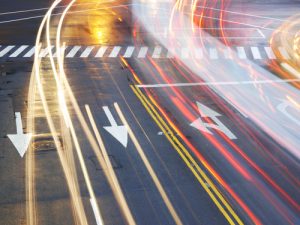
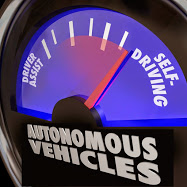 Is there a moral dilemma for self-driving cars? As the time nears when autonomous cars may make a full entry into the marketplace, ethical questions regarding their programming may impact both public safety and the actual adoption by the public of autonomous cars. In 2015, 4.5 million people were seriously injured and almost 40,000 people were killed in traffic accidents. A large number of the accidents that occur every year are due to human error. The thought about autonomous cars is that removing the potential for human error will drastically cut down the injury and fatality rates by preventing accidents. A recent study shows a moral dilemma that exists when autonomous cars would be forced to make decisions about protecting the safety of their occupants or instead those of pedestrians.
Is there a moral dilemma for self-driving cars? As the time nears when autonomous cars may make a full entry into the marketplace, ethical questions regarding their programming may impact both public safety and the actual adoption by the public of autonomous cars. In 2015, 4.5 million people were seriously injured and almost 40,000 people were killed in traffic accidents. A large number of the accidents that occur every year are due to human error. The thought about autonomous cars is that removing the potential for human error will drastically cut down the injury and fatality rates by preventing accidents. A recent study shows a moral dilemma that exists when autonomous cars would be forced to make decisions about protecting the safety of their occupants or instead those of pedestrians.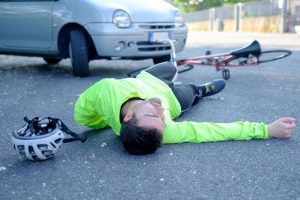 A recent jury verdict in Santa Cruz County shows how bicycle accidents may involve more than one vehicle, and if the second driver fails to take action to avoid hitting the cyclist, the second driver may be held to be civilly liable and ordered to pay damage for his or her percentage of fault.
A recent jury verdict in Santa Cruz County shows how bicycle accidents may involve more than one vehicle, and if the second driver fails to take action to avoid hitting the cyclist, the second driver may be held to be civilly liable and ordered to pay damage for his or her percentage of fault.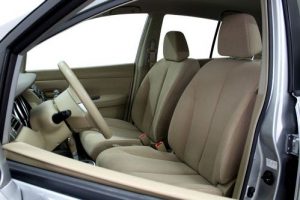 As a defective car seatback injury lawyer in California, I have seen, first-hand, how this serious
As a defective car seatback injury lawyer in California, I have seen, first-hand, how this serious  A recent case in California demonstrates how the extent and cause of a plaintiff’s injuries may be disputed even when liability itself is not in dispute. In the case, Plent v. Anheuser-Busch, LLC, Los Angeles Superior Court /
A recent case in California demonstrates how the extent and cause of a plaintiff’s injuries may be disputed even when liability itself is not in dispute. In the case, Plent v. Anheuser-Busch, LLC, Los Angeles Superior Court / 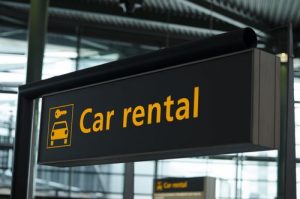 A long-term battle for justice for two 20-year-old women who lost their lives in a tragic accident has just ended in a huge way. Legislatures have just passed a law that governs how rental companies rent out their vehicles. The new law requires auto rental corporations to fix vehicles that are on their lots with recall orders on them. The legislation was passed because of the extremely catastrophic death of two sisters, Raechel and Jacqueline Houck. They lost their lives in 2004 in a crash that sent their mother on a mission to change laws.
A long-term battle for justice for two 20-year-old women who lost their lives in a tragic accident has just ended in a huge way. Legislatures have just passed a law that governs how rental companies rent out their vehicles. The new law requires auto rental corporations to fix vehicles that are on their lots with recall orders on them. The legislation was passed because of the extremely catastrophic death of two sisters, Raechel and Jacqueline Houck. They lost their lives in 2004 in a crash that sent their mother on a mission to change laws.